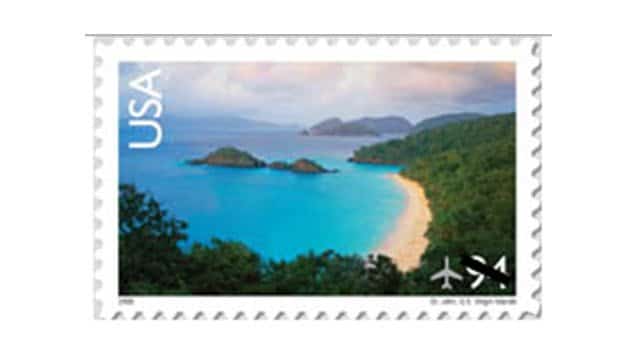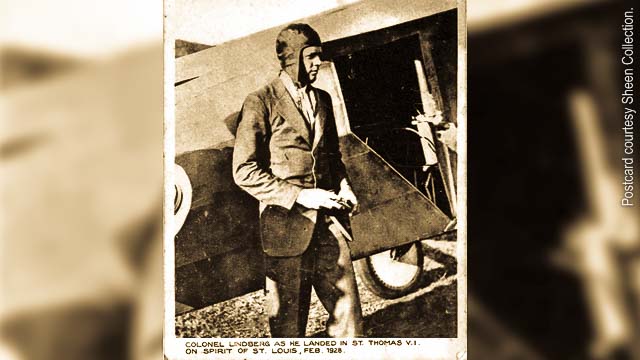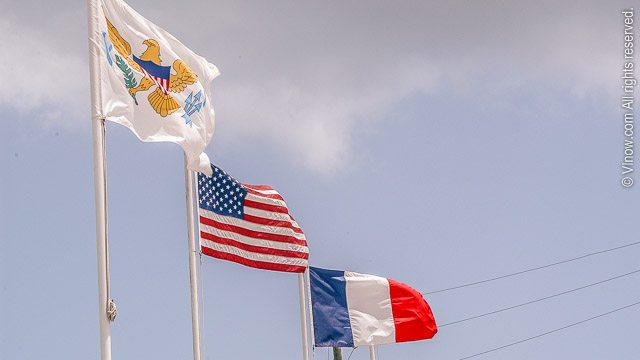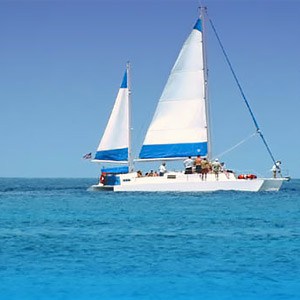Have you ever cleaned your house with a hand-made broom made from native USVI Teyer Palm? Do you know what a ‘goose’ is, the type you iron with? How about a coal pot, ever use one of those to cook? These three items conjure up lots of memories for many Virgin Islanders; and today we are going to do a little show and tell complete with comments from an old-timer.
Irons
The photo shows two types of vintage irons, the Flat Iron and the Charcoal Iron. The flat iron was heated by fire or on a stove. It was sometimes called a sad iron, coming from an old word for solid – sadiron. It is also called a goose, this name coming from goose-neck curves in some of the handles. Flat irons had to be kept very clean and polished to avoid rusting. Charcoal irons have a hollow space in the case where you would put hot charcoal. The funnel functions to keep smoky smells away from the cloth. Charcoal irons are still manufactured and used today in some parts of the world.
How it Was
“The (flat) iron was put on the fire usually after cooking was finished, as the charcoal was still hot. It wasn’t put directly in the fire as it would then get dirty; there was a method for doing it. Most people had 2 irons. Ironing this way was very time consuming, with 2 irons one could be placed in the fire to heat while the other was being used. When the one in use was cool the two irons could be switched. You had to handle them very carefully to avoid being burnt as the handle itself was metal so it too got hot. You had to use a rag to hold it while ironing. The other type was the charcoal iron; you would place heated charcoal inside. It ironed very well, you just had to remember to blow it out – clean it out – from time to time otherwise the ash from the charcoal would fall and dirty your cloths as you were ironing.”
Coal Pot
A coal pot is small, iron, charcoal burning cooking device that was very popular in the U.S. Virgin Islands. The top container area is about 15 inches wide and 7 inches deep. It has a screen on the bottom that allows ashes to fall through and also allows for air circulation. The container is supported on a stand or neck that has an opening for air. A pot of food would be placed on top of the coal pot. The coal pot was used for cooking, and often to heat flat irons discussed above.
How it Was
“Some people had coal pots, others used wood. You would take rocks and put the wood inside, once the heat from the burning wood was good you would balance the pot of food on the rocks above the fire. Some people also had a little two burner stove with a glass vessel where kerosene or some other type of fuel would be placed to run the stove.”
Palm Broom
Early brooms might have been a branch from a tree; this is the case all over the world. But generally people got a bit more creative and found that some type of dry straw-like fibers bundled together did a better job. Such is the case in the U.S. Virgin Islands where you find Palm Brooms, a homemade broom made from Teyer Palm (also called Broom Palm). The Teyer Palm is native to the Virgin Islands and Puerto Rico. Similar brooms are made throughout the Caribbean where they might be known by other names like Coconut Brooms, Cocoyea Brooms and Pointer Brooms.
How it Was
“To make the Palm Broom the pieces (of palm) were dried out and then they were woven around the base of a stick. The stick had been shaven and cleaned for use as the broom stick. The pieces (of palm) had to be tightly woven. Good Palm Brooms lasted a long time. Back in the day we didn’t have all these stores like there is today — stores where you can go and find all types of different brooms. People made things themselves in the past. The people who made brooms knew what they were doing. They did good work. The brooms lasted a long time and worked well for sweeping and dusting. Today you buy a straw broom and they break quickly, likely made by machines.”






